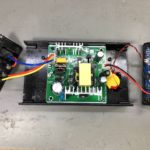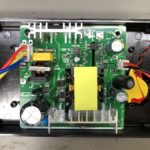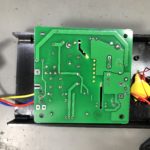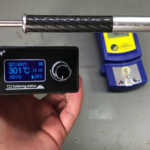Welcome to a new Voltlog, in this video we are taking a look at the TPS62840 ultra low power step down converter from Texas Instruments. It’s basically a buck converter with an input voltage of 1.8-6.5V, 750mA output current, with a quiescent current of just 60nA and active current of just 120nA. It also features very good efficiency at light loads of just 1uA it can offer 80 percent efficiency.
Other features include 16 selectable output voltages through an external resistor and a stop pin which when activated will completely stop any switching to eliminate any switching noise for a short moment, allowing you to take for example an ultra low noise measurement during that time. During that take power will be sourced from the output capacitors. So it looks like this is a pretty interesting dc-dc converter, with really nice features and it’s optimized for ultra low power devices.







